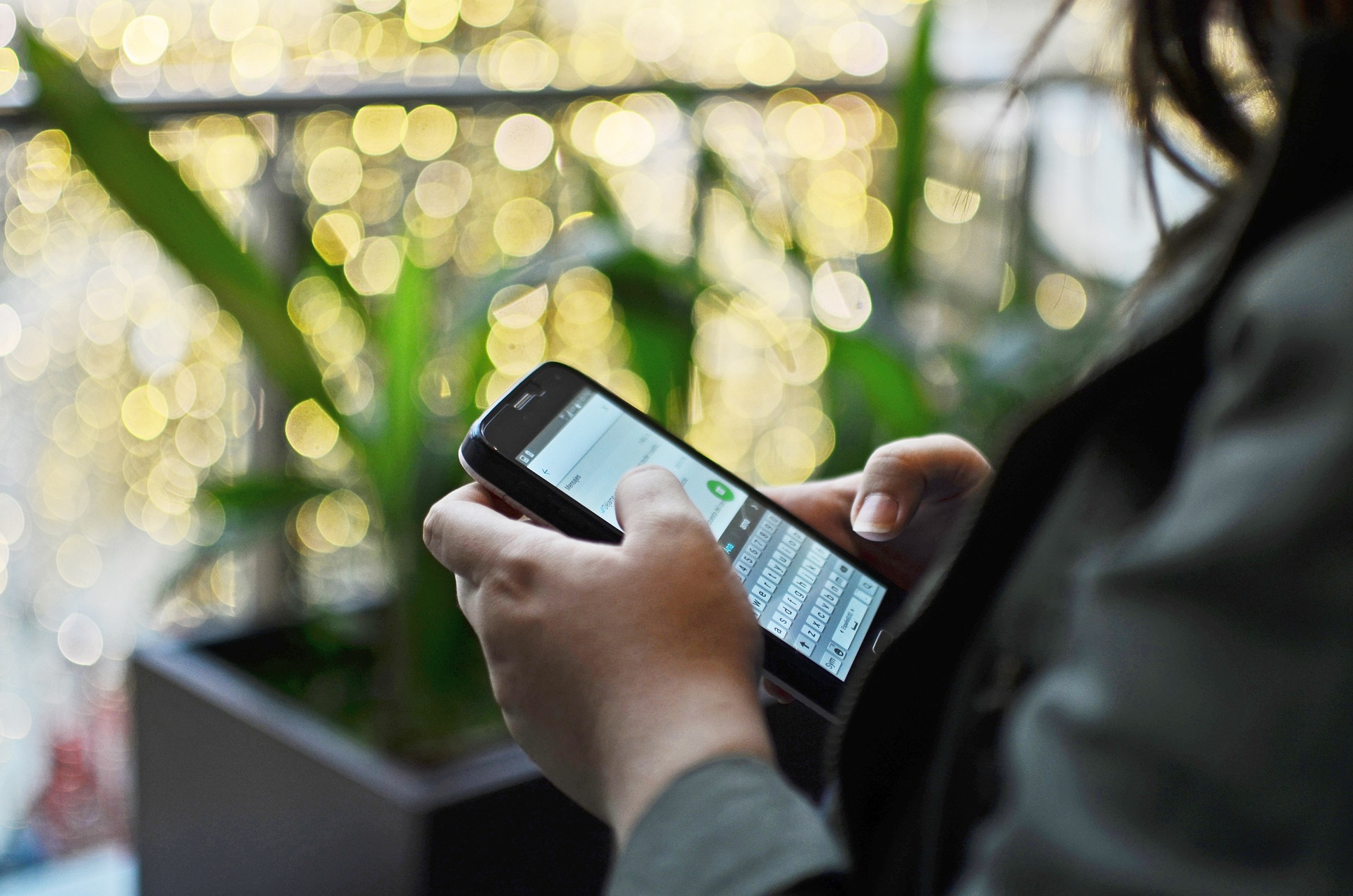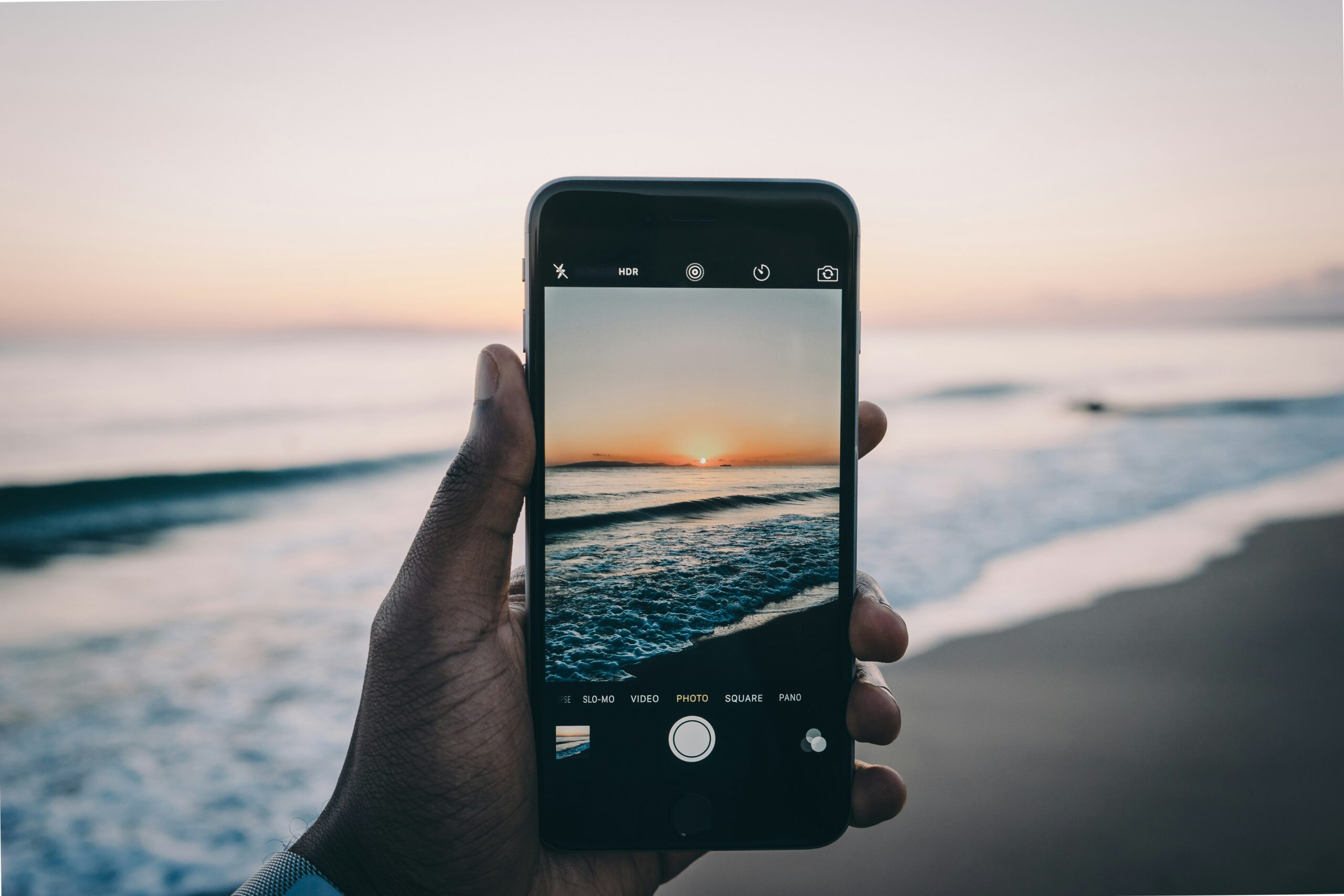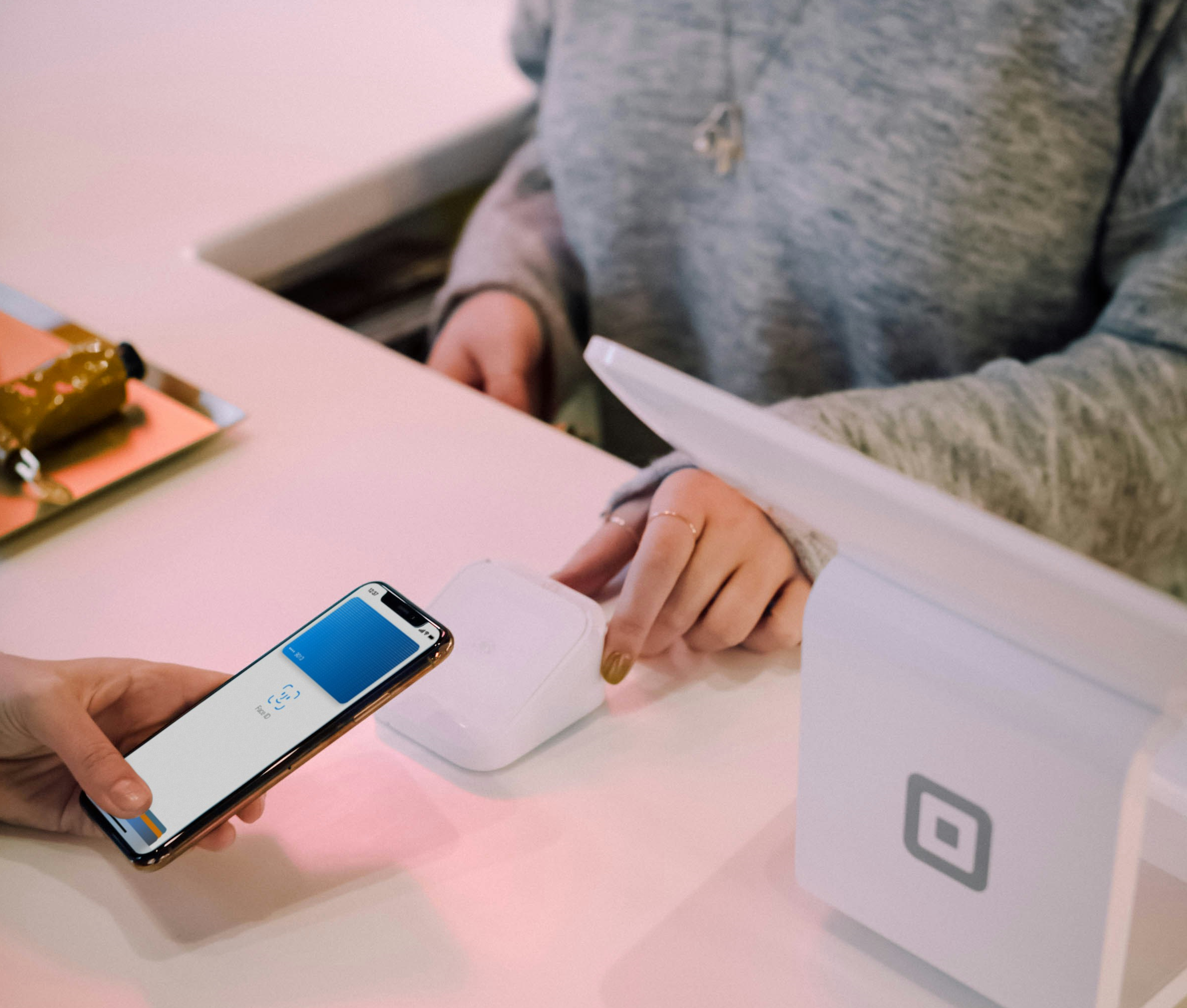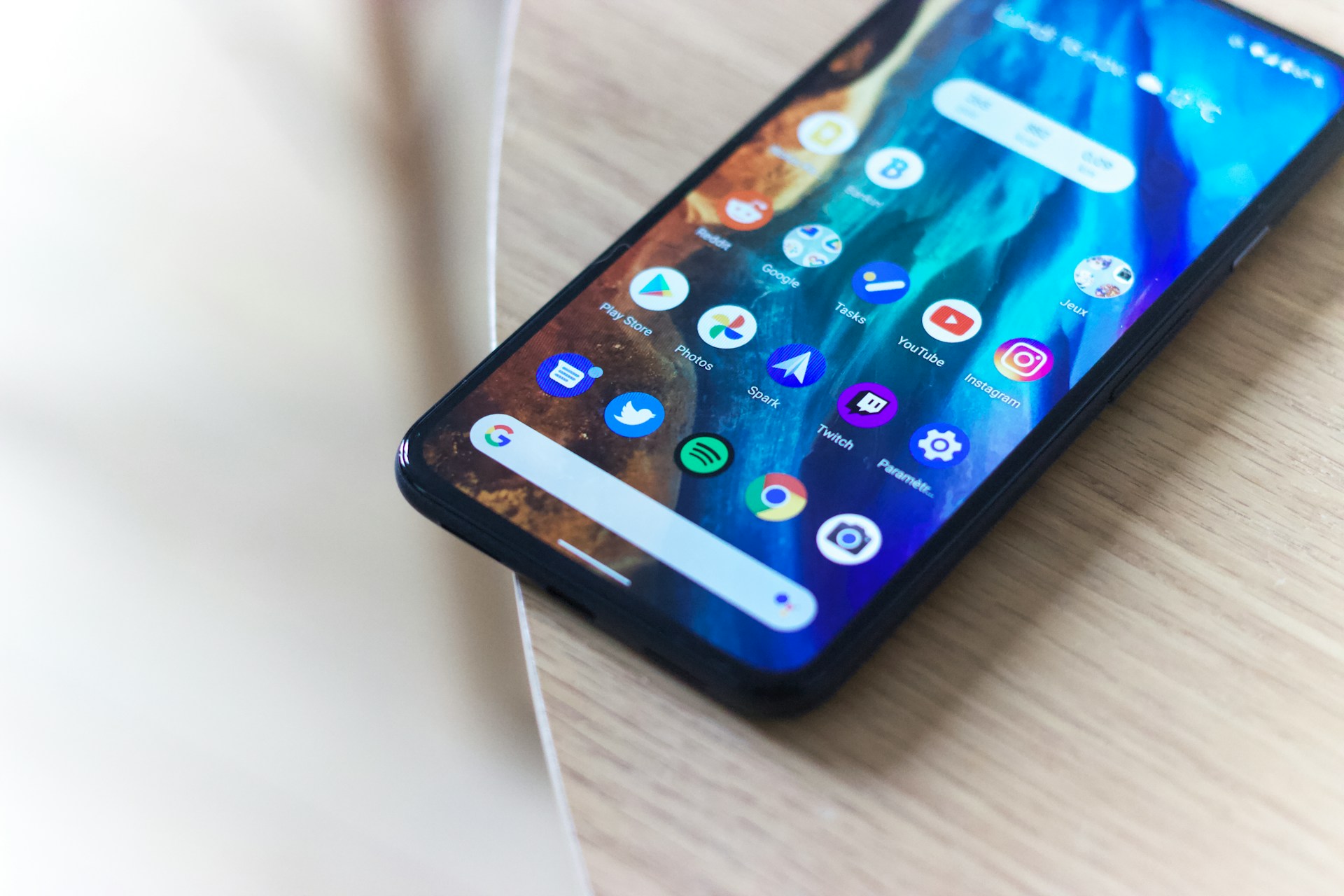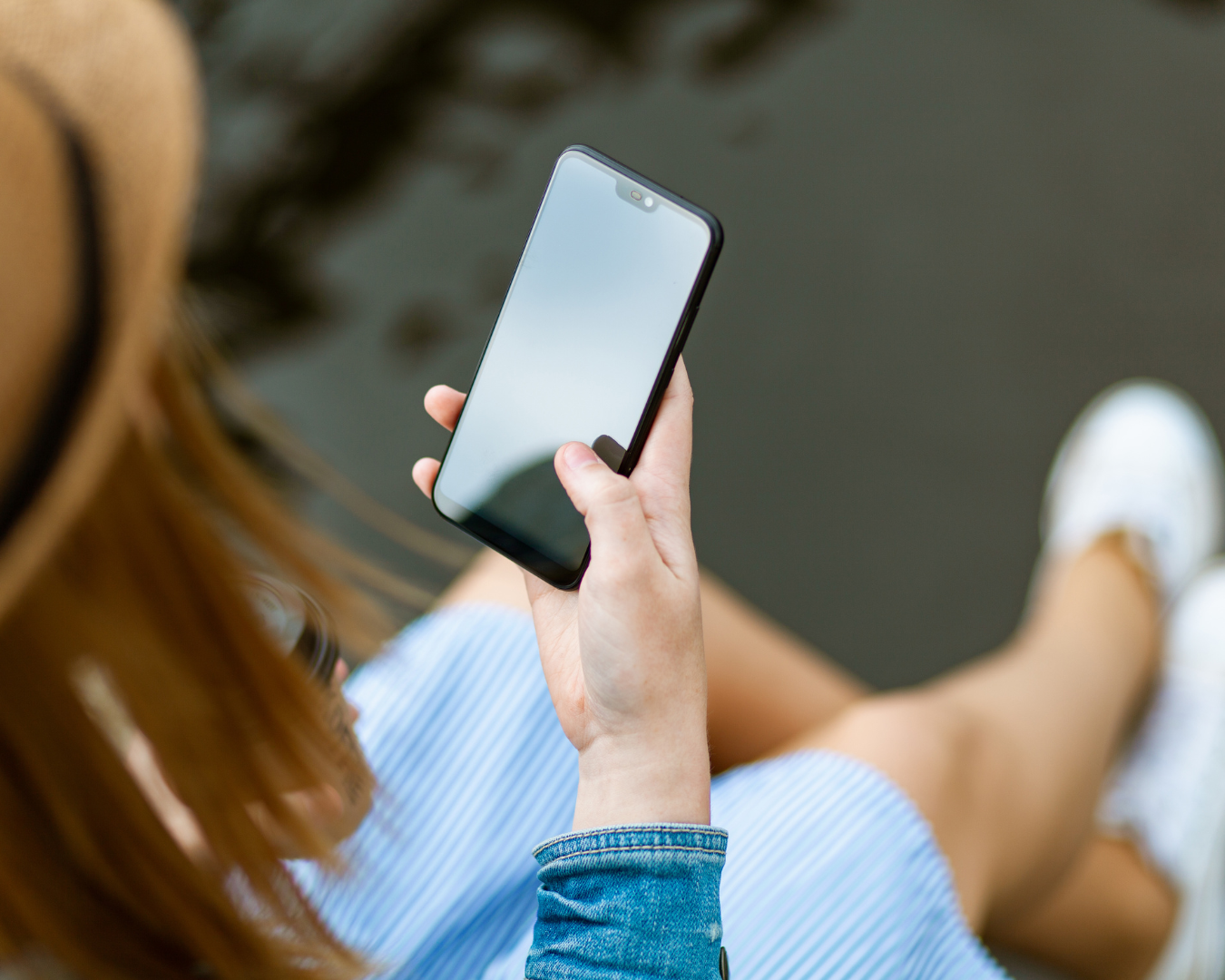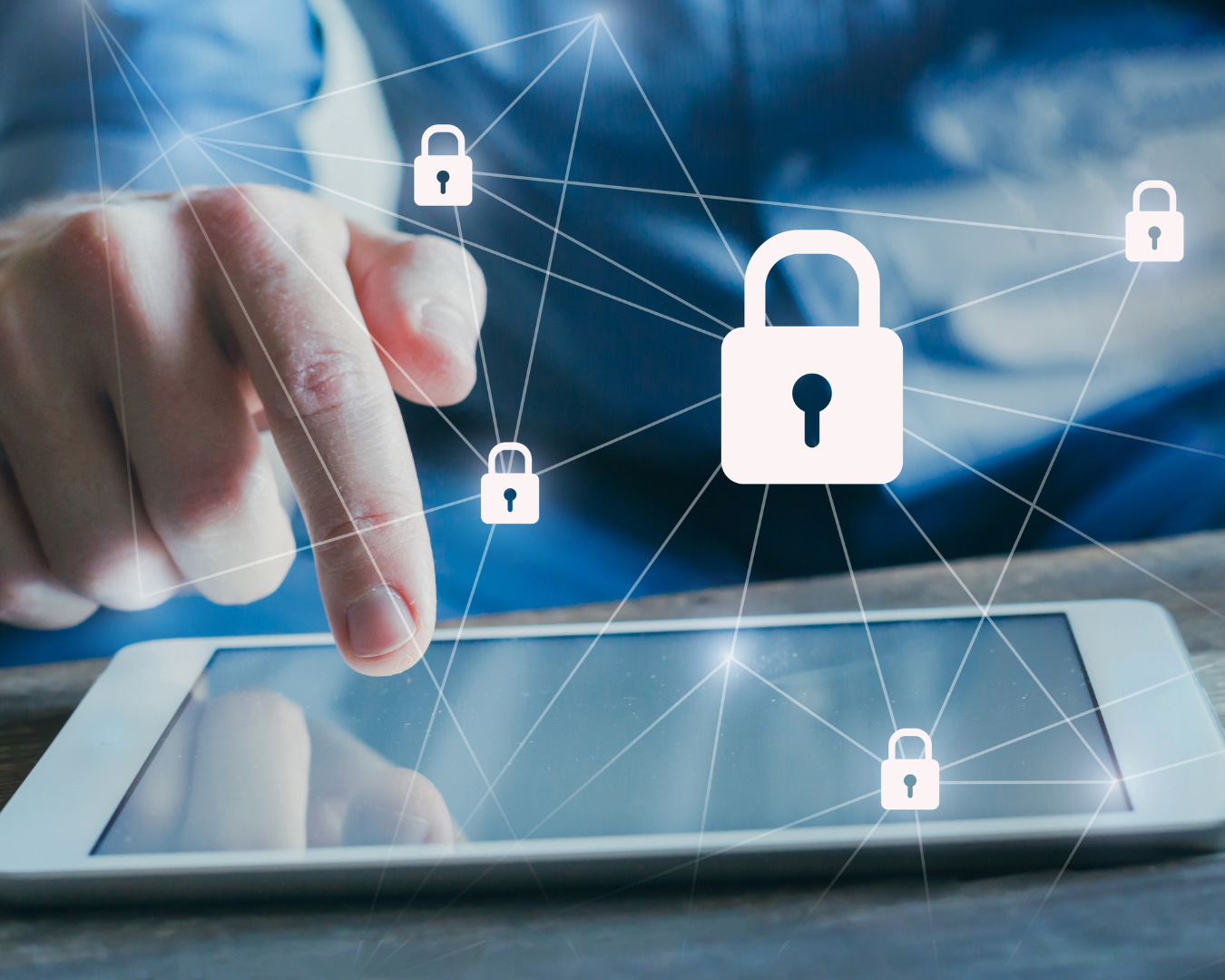In today’s digital age, the decision of whether to give your child their first smartphone or iPad can be a daunting one. As parents, we want to ensure that our children have access to technology while also protecting them from its potential pitfalls. In this post, we’ll explore some common questions and considerations that parents face when making this decision and offer practical tips to help you navigate this important milestone.
Is my child old enough for their first mobile phone?
One of the first considerations when deciding to give your child their first mobile device is their age. While there is no one-size-fits-all answer, it’s essential to consider your child’s maturity level and readiness to handle the responsibilities that come with owning a smartphone or iPad. Many experts recommend waiting until your child is at least in their early teens before giving them their first device, but ultimately, the decision should be based on your individual child and family dynamics.
Is my child safe having their own mobile phone?
Safety is paramount when it comes to children and technology. Before giving your child their first device, take the time to set up parental controls and privacy settings to ensure their online safety. Additionally, educate your child about the importance of internet safety, including how to recognize and avoid potential dangers such as cyberbullying, online predators, inappropriate content as well as common phishing scams. Open communication with your child about their online activities and regularly monitoring their usage can also help mitigate safety risks, knowing Fortress has got your back with mobile device insurance.
How do I set boundaries with my child and their phone?
It’s essential to establish clear guidelines and boundaries for device usage from the outset. Set limits on screen time, designate device-free zones and times (such as during meals or before bedtime) and encourage healthy habits such as regular breaks and physical activity. Emphasize the importance of using technology responsibly and respectfully, and model positive digital behavior for your child to follow. And with Fortress mobile device insurance, you can have peace of mind knowing that your child’s device is protected against accidental damage, theft, and more.
Conclusion
Deciding whether to give your child their first smartphone or iPad is a significant decision that requires careful consideration. By considering factors such as age-appropriateness, safety concerns, and setting reasonable expectations, you can help ensure that your child’s first experience with technology is a positive and enriching one. And with Fortress mobile device insurance, you can rest assured that your child’s device is safeguarded against unforeseen mishaps, allowing them to explore and learn with confidence.





